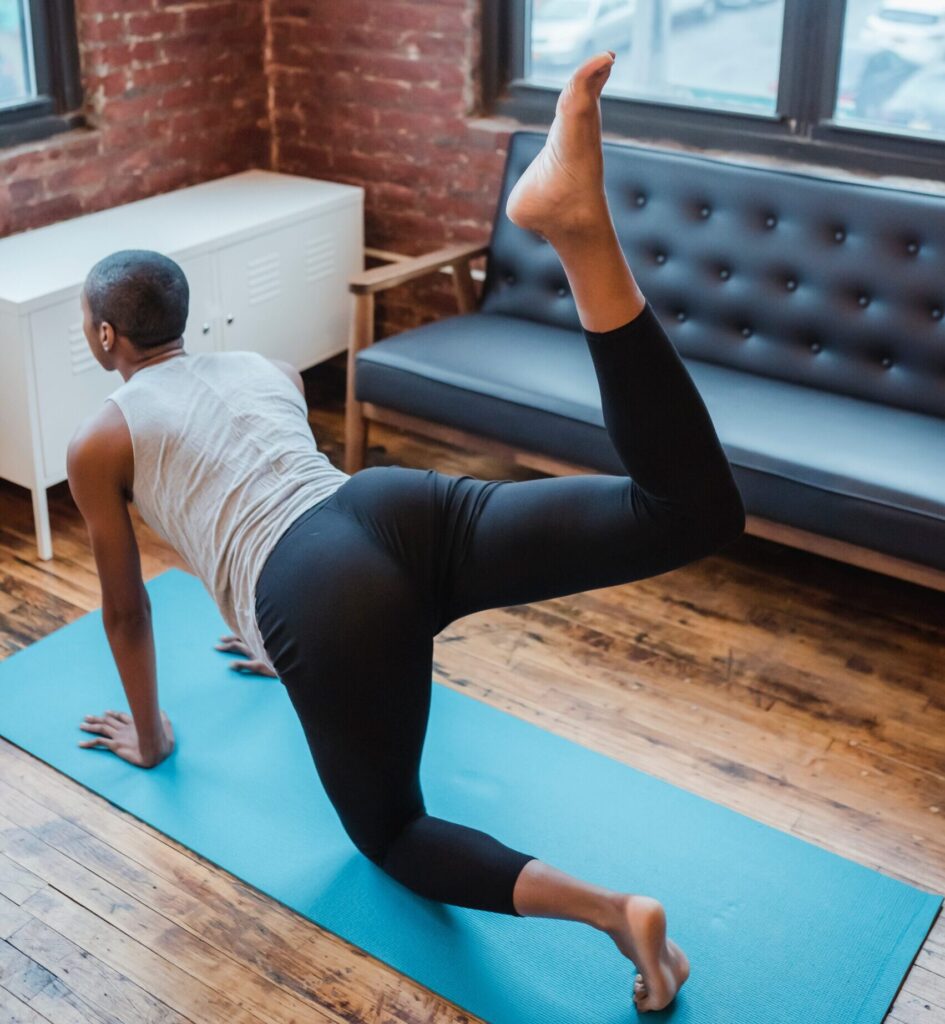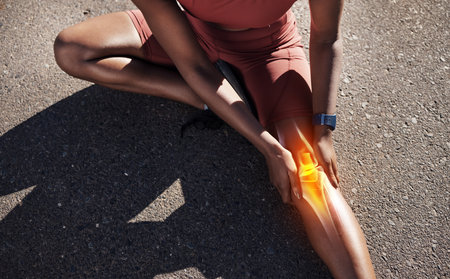Leg injuries can be a significant setback, impacting mobility and overall well-being. Whether you’re recovering from a sports-related injury, strain, or surgery, incorporating Pilates into your rehabilitation routine can make a substantial difference.
In this post, we’ll explore how Pilates, with its focus on core strength, flexibility, and controlled movements, plays a crucial role in facilitating a smooth and effective recovery from leg injuries.
1. Core Strengthening for Stability
Pilates places a strong emphasis on core strength, and a stable core is fundamental for proper movement and weight distribution. By engaging the core muscles through Pilates exercises, you build a solid foundation that supports the rest of the body, including the legs. This added stability is invaluable during leg injury recovery, helping to prevent further strain and promoting a more balanced gait.
2. Targeted Muscle Engagement
Pilates involves precise, controlled movements that isolate and activate specific muscle groups. This targeted approach allows you to focus on strengthening the muscles around the injured area without putting undue stress on the injured leg itself. This not only aids in rehabilitation but also helps prevent muscle imbalances that could lead to future injuries.

3. Improved Flexibility and Range of Motion
Leg injuries often result in stiffness and reduced range of motion. Pilates incorporates dynamic stretching and lengthening exercises that enhance flexibility. By gradually working through a full range of motion in a controlled manner, you can improve flexibility, reduce muscle tightness, and regain a more natural range of motion in the injured leg.
4. Low-Impact, Gentle Exercise
Pilates is known for its low-impact nature, making it an ideal choice for those recovering from leg injuries. The controlled movements and focus on body awareness allow you to engage in exercise without subjecting your legs to the high impact associated with some other forms of physical activity. This gentleness is particularly beneficial during the early stages of recovery.
5. Mind-Body Connection and Pain Management
Pilates encourages a strong mind-body connection, promoting awareness of movement patterns and muscle engagement. This heightened awareness can be instrumental in managing pain associated with leg injuries. By developing mindfulness during Pilates sessions, you can learn to move with greater control and reduce strain on the injured leg.

6. Progressive Rehabilitation
Pilates offers a progressive approach to exercise, allowing individuals to tailor workouts to their specific needs and gradually increase intensity as their leg strength and flexibility improve. This adaptability makes Pilates a versatile and effective tool for the various stages of leg injury recovery.
CHECK OUT<Pilates: The Amazing Benefits and How to Begin















